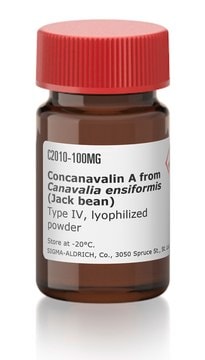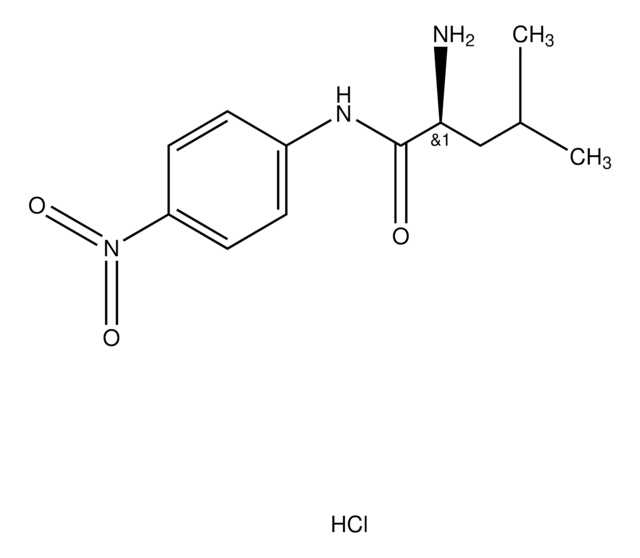T8902
Thiostrepton from Streptomyces azureus
from Streptomyces azureus, ≥90% (HPLC), powder, FoxM1 inhibitor
Synonym(s):
Bryamycin, NSC 170365, NSC 81722, Thiactin, Thiostreptin A
About This Item
Recommended Products
product name
Thiostrepton from Streptomyces azureus, ≥90% (HPLC)
Assay
≥90% (HPLC)
solubility
acetic acid: soluble 25 mg/mL, clear to hazy, yellow to brownish-yellow
antibiotic activity spectrum
Gram-negative bacteria
Gram-positive bacteria
parasites
Mode of action
protein synthesis | interferes
storage temp.
−20°C
SMILES string
CCC(C)C1NC2C=Cc3c(cc(nc3C2O)C(=O)OC(C)C4NC(=O)c5csc(n5)C(NC(=O)C6CSC(=N6)C(\NC(=O)C(NC(=O)c7csc(n7)C8(CCC(=NC8c9csc4n9)c%10nc(cs%10)C(=O)NC(=C)C(=O)NC(=C)C(N)=O)NC(=O)C(C)NC(=O)C(=C)NC(=O)C(C)NC1=O)C(C)O)=C\C)C(C)(O)C(C)O)C(C)O
InChI
1S/C72H85N19O18S5/c1-14-26(3)47-63(105)78-30(7)57(99)75-28(5)56(98)76-31(8)58(100)91-72-19-18-40(66-85-43(22-111-66)59(101)77-29(6)55(97)74-27(4)54(73)96)81-52(72)42-21-112-67(83-42)49(34(11)109-69(107)41-20-37(32(9)92)36-16-17-39(79-47)51(95)50(36)80-41)89-60(102)44-24-113-68(86-44)53(71(13,108)35(12)94)90-62(104)45-23-110-65(84-45)38(15-2)82-64(106)48(33(10)93)88-61(103)46-25-114-70(72)87-46/h15-17,20-22,24-26,30-35,39,45,47-49,51-53,79,92-95,108H,4-6,14,18-19,23H2,1-3,7-13H3,(H2,73,96)(H,74,97)(H,75,99)(H,76,98)(H,77,101)(H,78,105)(H,82,106)(H,88,103)(H,89,102)(H,90,104)(H,91,100)/b38-15-
InChI key
NSFFHOGKXHRQEW-BXVAPQLOSA-N
Looking for similar products? Visit Product Comparison Guide
General description
Application
Biochem/physiol Actions
Preparation Note
Storage Class Code
11 - Combustible Solids
WGK
WGK 3
Flash Point(F)
Not applicable
Flash Point(C)
Not applicable
Personal Protective Equipment
Certificates of Analysis (COA)
Search for Certificates of Analysis (COA) by entering the products Lot/Batch Number. Lot and Batch Numbers can be found on a product’s label following the words ‘Lot’ or ‘Batch’.
Already Own This Product?
Find documentation for the products that you have recently purchased in the Document Library.
Customers Also Viewed
Our team of scientists has experience in all areas of research including Life Science, Material Science, Chemical Synthesis, Chromatography, Analytical and many others.
Contact Technical Service










